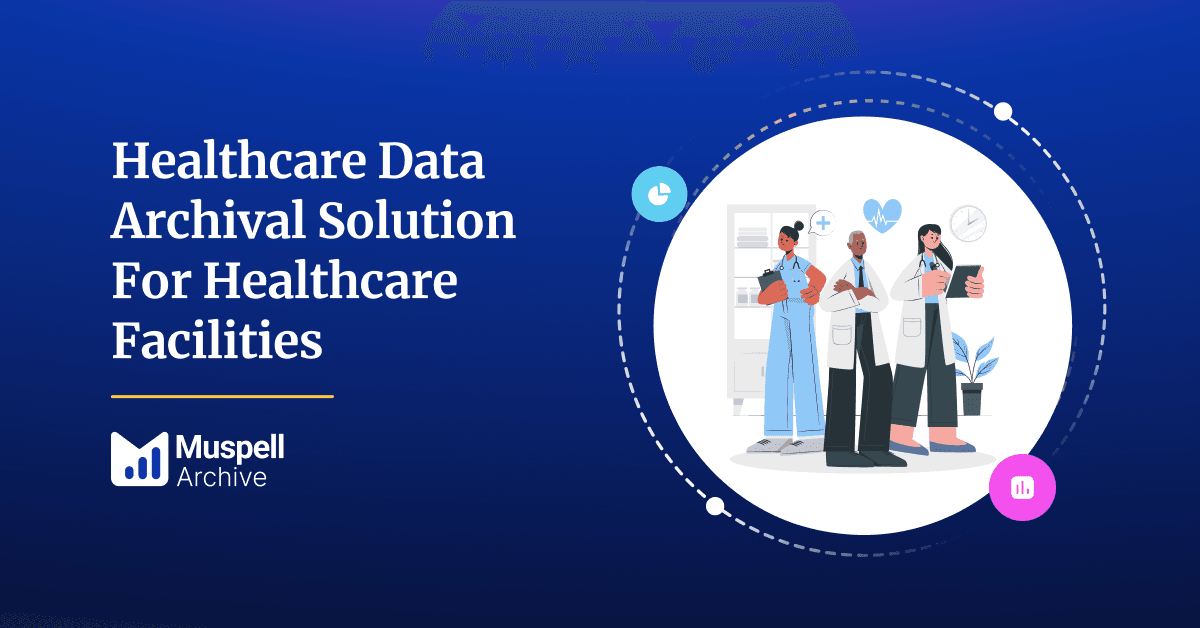
Healthcare Data Archival: An Essential for EHR Migration and Data transformation
Healthcare data archival and EHR data migration present healthcare organizations with substantial …

It is no small effort for healthcare systems to implement a Health Information Exchange (HIE). Whether the goal is electronically traversing a hospital or health system, or connecting the community to improve coordination of care, the task of integrating and leveraging disparate health records is daunting…and yet it’s critical to effectively manage patient populations throughout the course of care.
So how can a healthcare organization ensure that their efforts are not in vain and that their investment truly pays off? Let’s take a look at three tips for effectively implementing an HIE that actually gains traction, provides value and delivers on anticipated ROIs.
This approach could also be classified as a “quick win” approach, but the goal is to look at where you are going to get enough swift payback to encourage forward momentum on the HIE implementation project. Also known as the power of the Progress Principal, when your overall vision for an integrated and tightly-knit web of connected electronic health records and ancillary data is met with breakthroughs that deliver early value and satisfaction to stakeholders (be it hospital executives, physicians, an ACO, or even patients), your organization is far more likely to stay the course and see it through the tougher moments or setbacks. Because those are inevitable, as any healthcare IT expert will tell you.
What does this mean practically? Let’s say that the advisory team that is driving the HIE project identifies that an acute pain point when it comes to their community healthcare model is that they are struggling to get reports out of the ED before a patient returns to their PCP for follow up. It’s not uncommon across the country to hear this very concern, especially given the expectations on both parties for effectively managing this handoff and ensuring medications are managed and reconciled to avoid re-admission. (In fact, most quality care models have a metric to deter this very activity.)
Imagine the perception of value across the care team for the HIE implementation efforts if the project plan prioritizes integrating the ED’s EHR (let’s say Epic, for example) to the HIE. While it may still be some time before those reports are delivered to the point of care via a CCD, having a portal or other mechanism by which providers can get access to the ED episodic report within that post-admission period could have significant positive ramifications and reduce liability.
Leading HIE efforts with a strategic connection to quickly answer a local pain point can go a long way for gaining support and removing barriers as the project moves forward.
We’ve seen it time and again where UI/UX takes a back seat to “the technical stuff.” And while an ironclad integration between systems is paramount to the success of an HIE, a healthcare organization is going to have a difficult time getting traction or seeing that data become actionable if the methods for accessing it are cumbersome or poorly developed. Form follows function, so it’s key that the methods for delivering care records are intuitive and reliable.
The optimal path for data retrieval is a CCD for recent episodes of care residing right in a physician’s existing EHR, populated with a comprehensive view via the HIE. However, in the absence of this workflow, an easily-navigated health exchange portal can still provide necessary data without introducing cumbersome workflows. In practice, we often find that physician support staff such as RNs, MAs, or even front office staff are well-poised to own the portal logins, ensuring easy access to community records and even allowing for care summary uploads where electronic records are not yet implemented. (Yes, that’s still a thing.)
Incentives are a powerful way to impact behavior, and nothing speaks higher to care partners than a robust referral network. Health system sponsors driving implementation of an HIE in their community can inspire significant buy-in — which ultimately results in a well-developed HIE that truly represents the care spectrum for shared patients — when they create a network of connected physicians, ancillary providers, and care facilities. Establishing a “preferred network” on the basis of HIE participation truly moves the needle on the volume and quality of data available within those CCDs or HIE patient records.
In capitated care models where entities such as payers or ACOs are responsible for patients across the care continuum, we’ve seen great success via health information exchanges when use of and integration with the health data repository is treated as another metric of success. When referrals or even financial incentives are developed to encourage adoption and utilization of HIEs, health organizations inevitably see greater buy-in. This also contributes to the perception of a valuable glimpse into patients’ care records, making whatever “work” is required to get the data worthwhile.
When we give physicians and ancillary providers the information to better care for their patients, everyone wins!
Join over 3,200 subscribers and keep up-to-date with the latest innovations & best practices in Healthcare IT.

Healthcare data archival and EHR data migration present healthcare organizations with substantial …

The advent of protocols such as Fast Healthcare Interoperability Resources (FHIR) brings forth fresh …

The ONC’s Cures Act, which is otherwise referred to as the 21st Century Cures Act, was enacted and signed into …